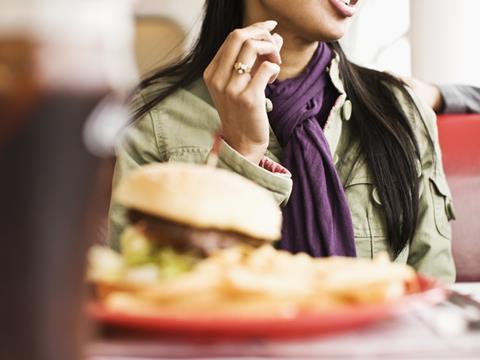
New evidence has emerged of the wall of silence from out of home (OOH) companies hitting Pubic Health England’s efforts to provide a level playing field in the fight against obesity.
PHE today published a report of its latest bid to bring to the table companies from the sector, which covers tens of thousands of restaurants, cafés and takeaways.
It shows even among the “key out of home businesses”, information provided has been “sparse” and many have not bothered to respond at all.
The DH body, which today published targets for sugar reduction of 20% across nine key food sectors, including in OOH, revealed it had tried on numerous occasions to get better data from companies running these businesses.
Engagement, it said, had focused on 30 key OOH businesses. Many of these attended sector specific meetings in November and December and a specific data meeting in February this year.
PHE said it had also presented requests for data at roundtables with OOH companies and met separately with individual businesses and trade bodies,
The requests concerned an appeal for nutrient content data (as sold) per 100g and per portion (including portion weight) for all foods in the initial nine food categories in the sugar reduction programme.
However, just 11 businesses and one trade body (on behalf of four OOH businesses), had provided “some data” to PHE.
“Some of the data provided to PHE was sparse and PHE has only been able to use data from seven of these 15 businesses to inform the sales weighted average for out of home,” the report said.
It added just two businesses supplied data for all the measures PHE requested, including sales data.
“PHE has been able to use data (in some form) within the baseline analysis from nine businesses that provided it,” added the report. “For some, lack of information on where products are sold is a limiting factor, as this detail is needed to work with the commercial out of home sales data PHE has purchased from NPD Crest.”
PHE has insisted that the data it has managed to prise from OOH companies is “good enough” to use as a benchmark for its sugar reduction efforts.
But the latest reports of lack of co-operation will add fuel to those calling for regulation.
The PHE data showed OOH food often contained far more calories than those from suppliers and retailers.
The average calories per portion in a chocolate bar in OOH is 274kcal, nearly 100 more than the average manufacturer’s product.
The figures was even worse when it came to puddings where the average in OOH was 447kcal, more than twice that found in supermarkets.
“The BHA and the out-of-home food sector are fully committed to the government’s policy to combat childhood obesity and the sector has already made significant progress towards reductions in sugar,” said British Hospitality Association chief executive Ufi Ibrahim.
“Businesses have provided nutritional data to Public Health England so that it can monitor and report on sugar reduction across the sector.
“However, the diversity of the sector, with different operational models and wide variations in the scale of businesses, makes it difficult to collect and report consistent data.
“The BHA, in response to calls from government for the industry to produce healthier food and reduce sugar, is publishing the first BHA Industry Nutrition Guide next month. This guide will contain quick and easy approaches to help small to medium food businesses to adopt healthy practices.”
PHE chief nutritionist Dr Alison Tedstone added: “The data we have published for the out of home sector is probably the most comprehensive there has ever been, but there are some gaps. It is however, robust and we will use it to check their progress and advise government on the need for other levers. We’ve urged all of the out of home industry to show leadership and provide more data, as some have already done. We also urge more commitment on improving the foods they produce. We’ll continue to work with the sector to encourage more action as well as monitoring their progress.”







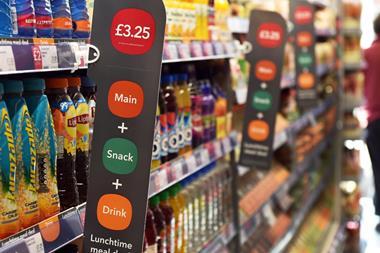

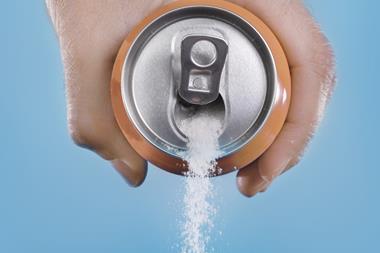
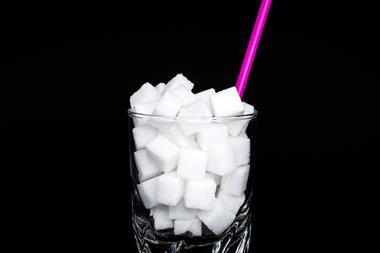
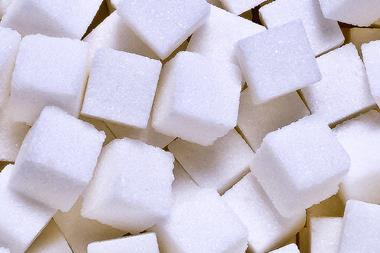



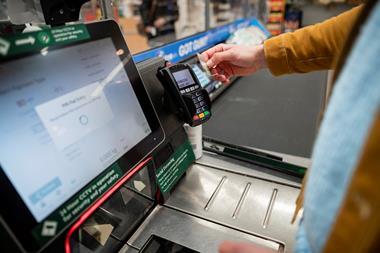
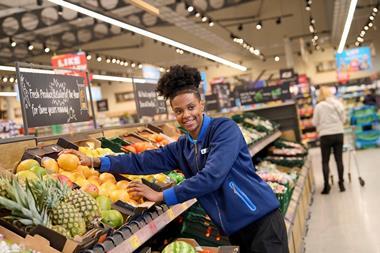


No comments yet